
Alexander Bae
@jalex_bae
EM connectomics @ZettaAI Postdoc @SNUnow; PhD @PrincetonNeuro @EPrinceton @Princeton
ID: 1068568666910920704
http://jabae.github.io 30-11-2018 18:13:18
237 Tweet
274 Followers
595 Following
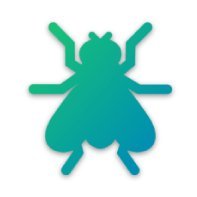
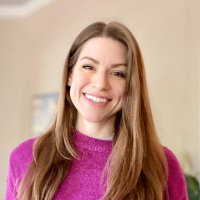
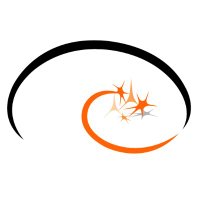
A team of researchers and citizen scientists led by Princeton University neuroscientists Murthy Lab and Sebastian Seung has created the first ever complete map of a centralized adult brain: the fruit fly 🪰🧠 princeton.edu/news/2024/10/0…


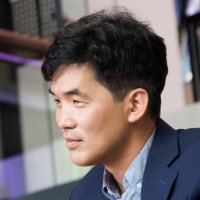
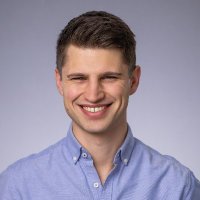
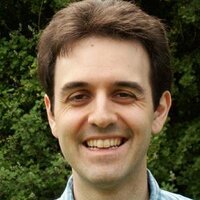
Big day for neuroscience & the end of the beginning for whole brain connectomics. Shout out to Sven Dorkenwald and Philipp Schlegel, first authors of the connectome papers, Murthy Lab Sebastian Seung for establishing #flywire to make this possible and Davi Bock for birthing this dataset.

Memories. With Srini Turaga at #SfN 2007, waiting to deliver my Presidential Special Lecture, "The Once and Future Science of Neural Networks." Pinstripe suit with hot pink trim by Moschino and I really needed a haircut.
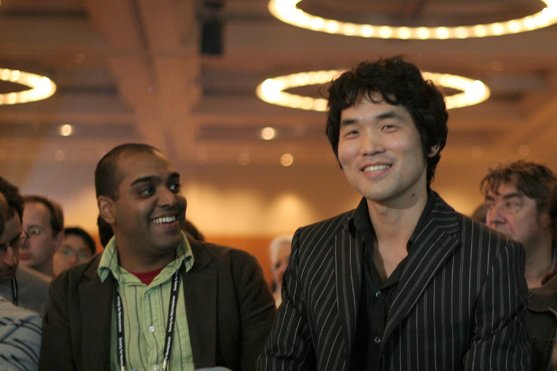

Sydney Brenner established C. elegans as a model organism starting in the 1960s, which led to the first connectome in 1986. In Sept 2007, we invited Sydney to deliver the inaugural lecture for our new Harvard University Massachusetts Institute of Technology (MIT) class on connectomics, and shockingly he accepted!
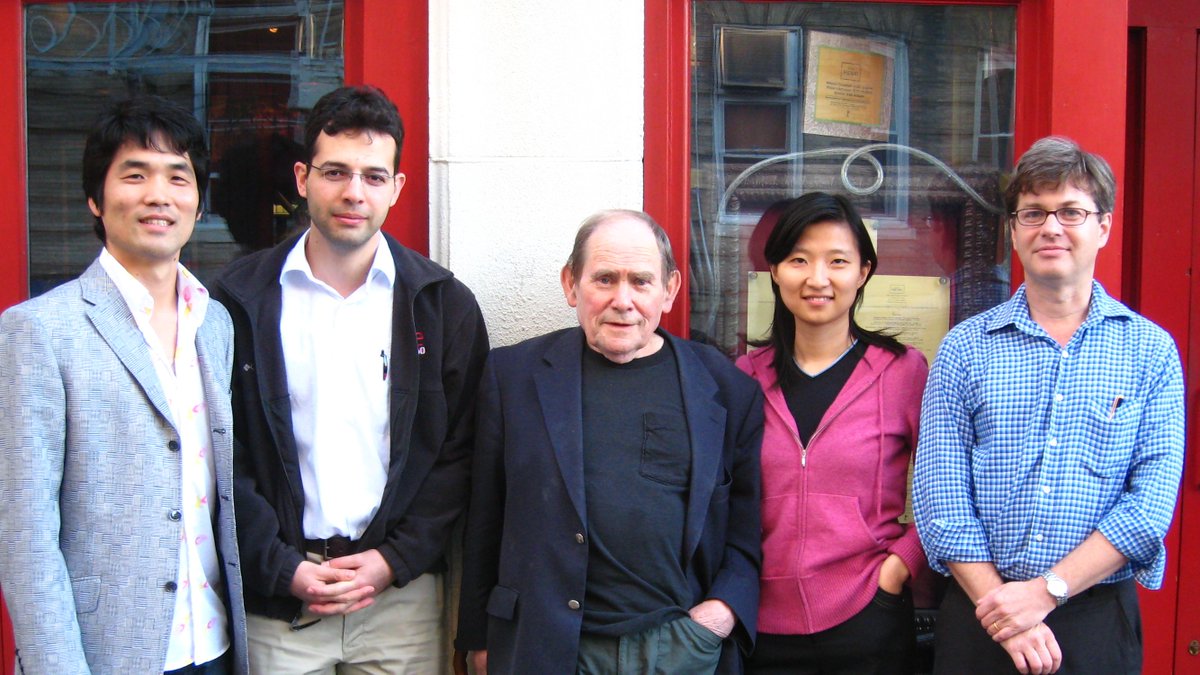
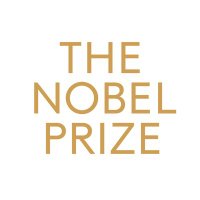
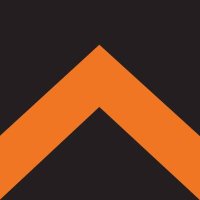
After today's The Nobel Prize news conference, Princeton Neuroscience Institute professor Sebastian Seung weighed in on John Hopfield's work in answering some of the universe's greatest questions.
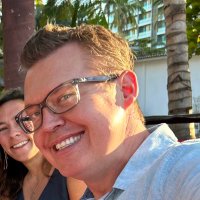











![ℏεsam (@hesamation) on Twitter photo the best researchers from Meta, Yale, Stanford, Google DeepMind, and Microsoft laid out all we know about Agents in a 264-page paper [book],
here are some of their key findings: the best researchers from Meta, Yale, Stanford, Google DeepMind, and Microsoft laid out all we know about Agents in a 264-page paper [book],
here are some of their key findings:](https://pbs.twimg.com/media/GnyqIQsWcAAQFUI.jpg)
